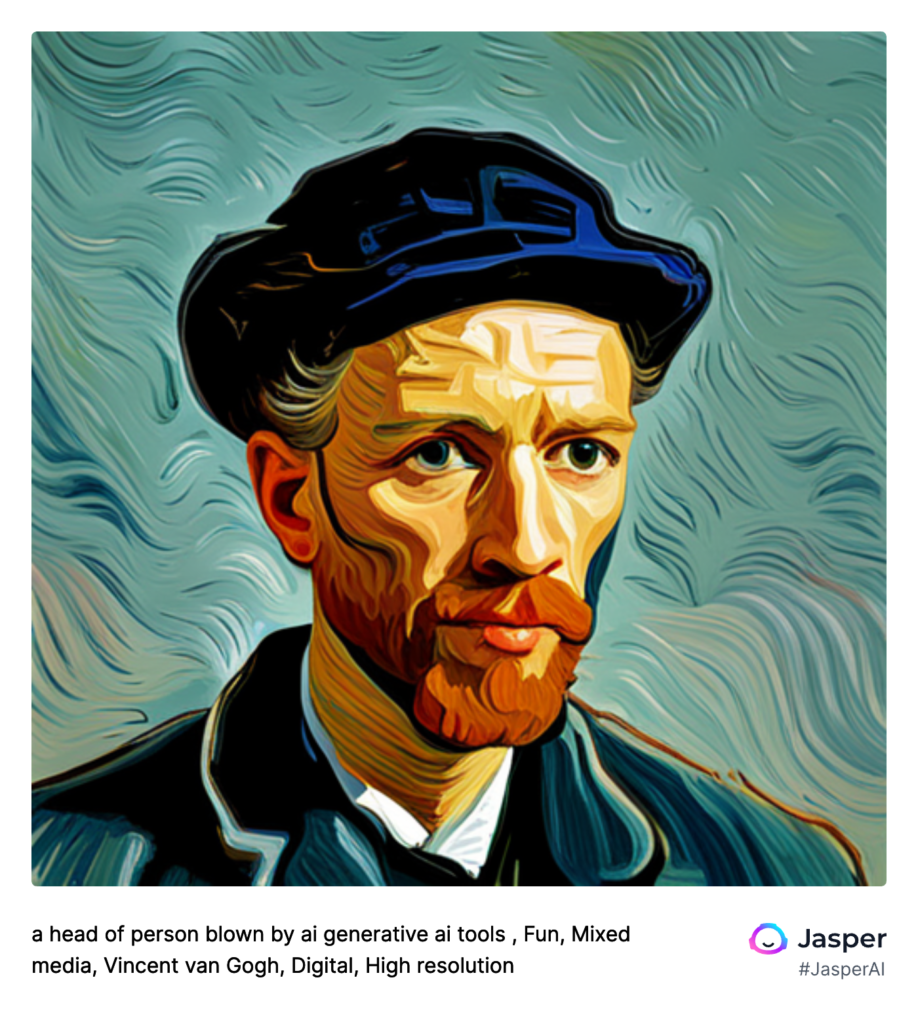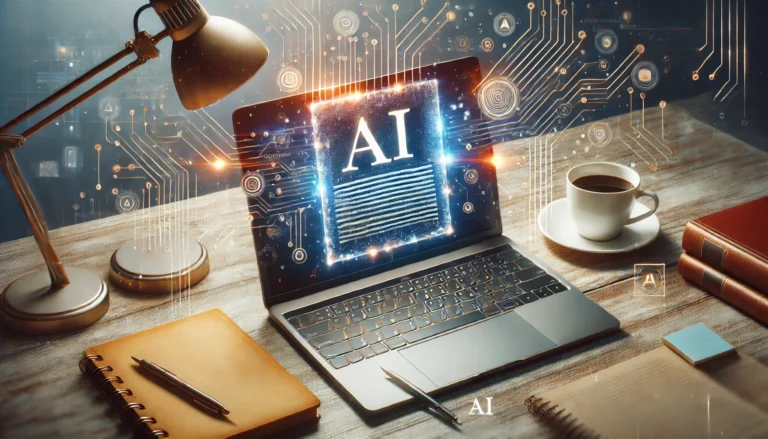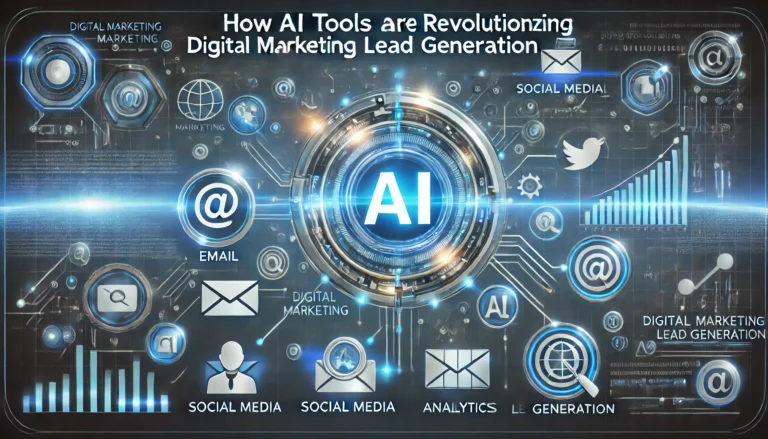Exploring the Wonders of Generative AI: Examples to Amaze You
Have you ever wondered how computers can generate art, music, or even human-like conversations? The answer lies in the field of Artificial Intelligence (AI) specifically Generative AI. With this technology, the possibilities of what computers can do are endless. From film making and gaming to medicine and finance, AI is revolutionizing almost every industry. In this blog, we will explore some amazing Generative AI examples that will leave you intrigued and excited about where technology is headed.
What is Generative AI?
Generative AI is a subset of artificial intelligence that uses training data to generate new content. It operates on the principle of understanding the patterns in the input data and then creating new data that matches the same patterns. For example, after learning the strokes and techniques of Van Gogh’s paintings, generative AI can produce a new painting that emulates the same style. Similarly, after analyzing the musical style of Beethoven, it can create a brand new symphony that sounds like Beethoven’s work. These are just a few generative AI examples that illustrate how this technology is transcending traditional boundaries, contributing to various fields, and revolutionizing the way we generate and interact with content.
In the image below you will see an example generated by Jasper using Van Gogh’s painting techniques

Image Generation
At the heart of generative AI role in art and design is the impressive capability of image generation. Machine learning algorithms and models, such as generative adversarial networks GANs, have the ability to generate remarkably realistic images. These AI-created pieces can be so convincing that they are often indistinguishable from images created by a human artist. Neural Networks work by essentially teaching itself through a process of trial and error, creating iterations of images until it achieves a result that is convincingly realistic. This technology is not confined to creating art alone. It is also used in numerous practical applications such as the creation of realistic AI generated art, AI avatars for video games and virtual reality, generating 3D models for architecture and interior design, and even fabricating realistic-looking pictures for fashion catalogs. This innovative use of image generation by AI is pushing the boundaries of art and design to unexpected new levels.
Generative AI tools, such as Jasper, DALL E, and Midjourney, are pioneering the frontier of image generation, producing high-quality versions of images that are often indistinguishable from those created by human artists.
We already wrote an article about the best headshot generators as an example of AI Image Generation, and It can be helpful for social media posts.
Video Generation
The power of generative AI tools extends beyond static images to dynamic video content creation as well. By leveraging the same principle that drives image generation such as data analysis, these generative AI tools can produce highly realistic videos, often blurring the line between reality and AI-generated content. For instance, a generative AI tool can analyze a dataset of real videos to understand and mimic the style, movements, and aesthetics, then generate entirely new video clips that fit within the learned framework. This has exciting implications in realms like film, where AI could potentially create authentic-looking scenes or even entire movies. Furthermore, in advertising and social media marketing, these tools can generate unique and engaging video content tailored to specific audiences, thereby revolutionizing the way brands communicate with their customers. The advent of video generation by AI is unlocking unexplored avenues in content creation, promising a future where the creative process is a collaboration between humans and machines.
Examples of generative AI tools for video generation include Pictory, Synthesys, and InVideo, which can be used to synthesize complex visual elements and create compelling narratives, showcasing how AI can be instrumental in shaping the future of video content creation.
Voice Generation
Moving beyond visual content, generative AI is transforming the landscape of audio production with the advent of voice generation. Sophisticated AI models are now capable of analyzing vast datasets of human voice recordings, and understanding the nuances in tone, pitch, rhythm, and speech patterns. Upon training on this data, these AI tools can generate entirely new voice clips that are convincingly human-like. Applications of this technology are vast and varied, from creating realistic voiceovers for movies and generating personalized audio content in marketing, to developing virtual personal assistants that can interact in a more natural and human-like manner. In the future, we might even witness AI-generated podcasts or audiobooks, narrated entirely by AI, further bridging the gap between humans and machines in content creation.
Artificial Intelligence (AI) and Generative AI, in particular, are pushing the boundaries of what’s possible in the realm of voice generation. The applications of this technology are incredibly diverse, extending well beyond the realm of simple speech synthesis.
Imagine a world where AI-powered voice assistants not only understand and execute your commands but do so in a manner that is virtually indistinguishable from a human being. Such is the potential of Generative AI in voice generation. This technology is enabling the creation of more realistic, engaging, and personalized voice interactions, enhancing the user experience across a wide array of applications, from customer service to entertainment and beyond.
As AI continues to evolve and the datasets used for training become richer and more diverse, the voices generated by these systems will become even more natural and nuanced. In the near future, AI-generated voices could become commonplace, narrating our audiobooks, facilitating our customer service interactions, and even participating in our digital conversations. The rapid advancement of AI in voice generation is a testament to the transformative potential of AI applications in revolutionizing our interactions with technology.
Examples of generative AI apps in the domain of voice generation include Revoicer and Murf, demonstrating the capabilities of generative AI in content creation and providing practical generative AI examples in everyday use.
Conversational AI / Chatbots Generation
The evolution of AI models and tools has given rise to a new generative AI application – the creation of conversation chatbots. These chatbots, powered by advanced language models, exhibit an unprecedented ability to simulate human-like conversations. They are trained on vast amounts of test data, which equips them with the ability to understand, respond to, and initiate conversations in a contextually relevant manner. The sophistication of these AI models is such that they can even detect and adapt to the tone and sentiment of the conversation, providing a more personalized and engaging user experience. As such, conversation chatbots are revolutionizing customer service, social media interactions, and many other areas where dynamic and responsive dialogue is essential.
Generative AI examples like Character AI and ChatGPT illustrate how AI can be used to create conversational AI tools and chatbots. These AI technology advancements rely heavily on language models to simulate human-like dialogues, transforming the way we interact with digital spaces.
Character Ai manifests as a leader conversational AI chatbot, We already wrote an article about it.
Content Generation
Generative AI, a groundbreaking subset of artificial intelligence, is making massive strides in the realm of content generation, especially in areas like blogging and content writing. This technology works by leveraging input data to generate creative and contextually relevant content, significantly improving efficiency and productivity. The popular generative AI models are trained on a wealth of historical data, allowing them to understand and adapt to the nuances of language, tone, and style in content writing. The continual evolution of these models is poised to revolutionize the landscape of content creation, ushering in a new era of AI-assisted writing and blogging.
While Content Generation is a wide field, our focus here is on blogging AI tools like Jasper and Content at Scale. These tools exemplify the power of generative artificial intelligence, transforming user input into coherent, meaningful content. By harnessing the potential of generative AI apps, content creators can streamline their writing process, efficiently generating high-quality content that caters to their audience’s interests and needs.
Code Generation
Generative AI tools are disrupting the field of coding with the advent of code generation capabilities. By analyzing code patterns from vast amounts of data, these tools can not only suggest code completion but can also create code that adheres to the stylistic nuances of the original codebase. This revolutionary application of AI in coding allows developers to focus on conceptual and innovative aspects of their work, while the mundane task of code generation is handed over to AI tools. This shift is expected to bring unprecedented productivity and efficiency enhancements in the software development process. Moreover, by assisting with code generation, AI tools minimize the risk of manual errors, thereby boosting the overall quality of the generated code.
Examples of code generation AI tools, such as GitHub Copilot, ChatGPT, and SourceGraph, leverage deep learning algorithms to generate code and suggest code completions, pioneering a new era in software development.
Education
Generative AI offers significant potential for real-world applications in the realm of education. Advanced generative AI tools can facilitate the creation of educational material tailored to individual learning styles and needs, thereby enhancing the educational experience for students. For instance, these tools can generate diagrams, illustrations, or even physical objects to aid in the comprehension of complex concepts. This extends beyond the digital world, as generative tools can also be used in conjunction with 3D printers to create tangible learning aids. In addition, generative AI can also assist in the creation of practice problems, interactive content, and personalized learning paths, thus paving the way for a more inclusive and effective education system.
Generative AI examples such as GradeScope and Unite AI are pioneering AI applications in the educational sector, utilizing advanced algorithms to streamline grading systems and foster personalized learning pathways.
As Generative AI technology is growing it also affects Maths, in a way that we created a blog post about the best applications of generative AI in Maths. You can check Best AI Math Solver.
Healthcare
Generative AI has the potential to revolutionize the healthcare industry. Through the use of training data, popular generative AI tools can generate complex predictive models that can aid in the diagnosis and treatment of various diseases. For example, in data science, these tools can be used to predict disease progression or identify potential health risks based on a variety of factors such as genetics, lifestyle, and environmental influences. Additionally, AI tools can simulate patient reactions to different treatment strategies, providing medical professionals with valuable insights and facilitating more effective and personalized patient care. The incorporation of generative AI in healthcare has the potential to dramatically improve patient outcomes and redefine traditional healthcare systems.
Hippocratic AI and Viz AI are excellent examples of generative AI applications in the healthcare industry. These AI tools leverage large data sets to develop predictive models highly specific for each patient. Hippocratic AI, for instance, uses AI to optimize diagnosis and treatment plans, enhancing patient outcomes. Similarly, Viz ai employs advanced AI techniques to rapidly identify and triage stroke cases, significantly reducing response times and improving patient prognosis. These generative AI examples demonstrate how AI can be used in the health sector, providing personalized and efficient care and revolutionizing traditional healthcare systems.
Conclusion
In conclusion, generative AI holds transformative potential for the future of healthcare and beyond. With the aforementioned generative AI examples such as Hippocratic AI and Viz AI, we glimpse the profound impact these AI applications can have. They not only enhance diagnostic precision but also dramatically improve treatment plans, fostering a future where medical care is deeply personalized and efficient. The popular generative AI technologies we highlighted are just the tip of the iceberg, with countless more promising applications being developed each day. As we delve deeper into these generative AI examples in subsequent discussions, we will further explore their transformative potential. The integration of AI in our daily lives points towards an era where technology and human ingenuity intertwine to elevate our quality of life. The future of generative AI is exciting, and we are just starting to grasp its far-reaching implications and advantages.







